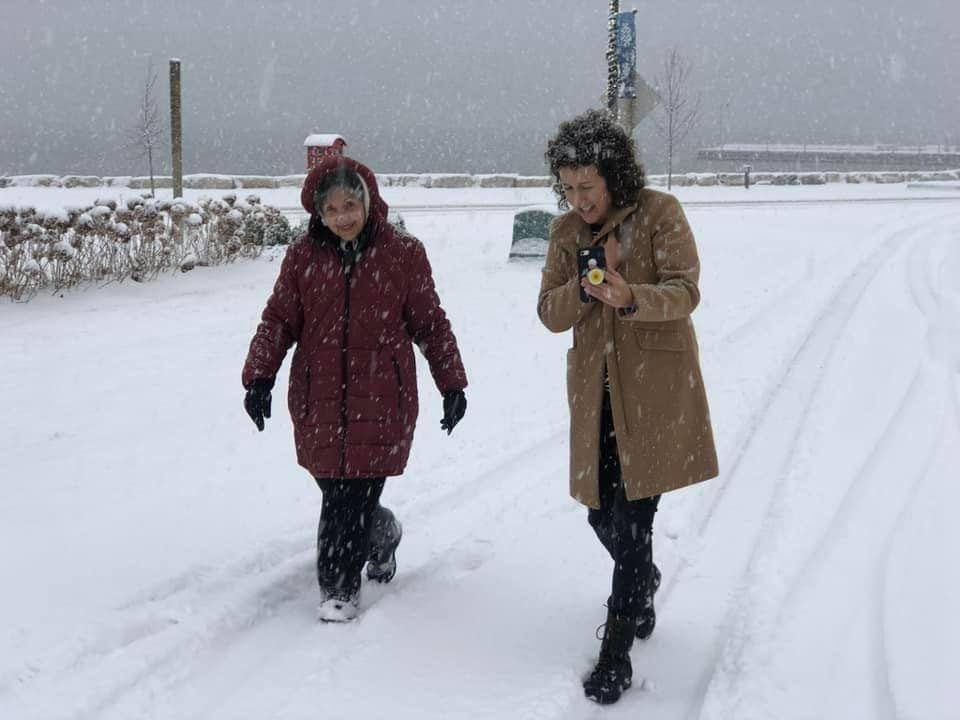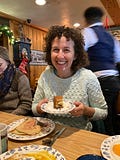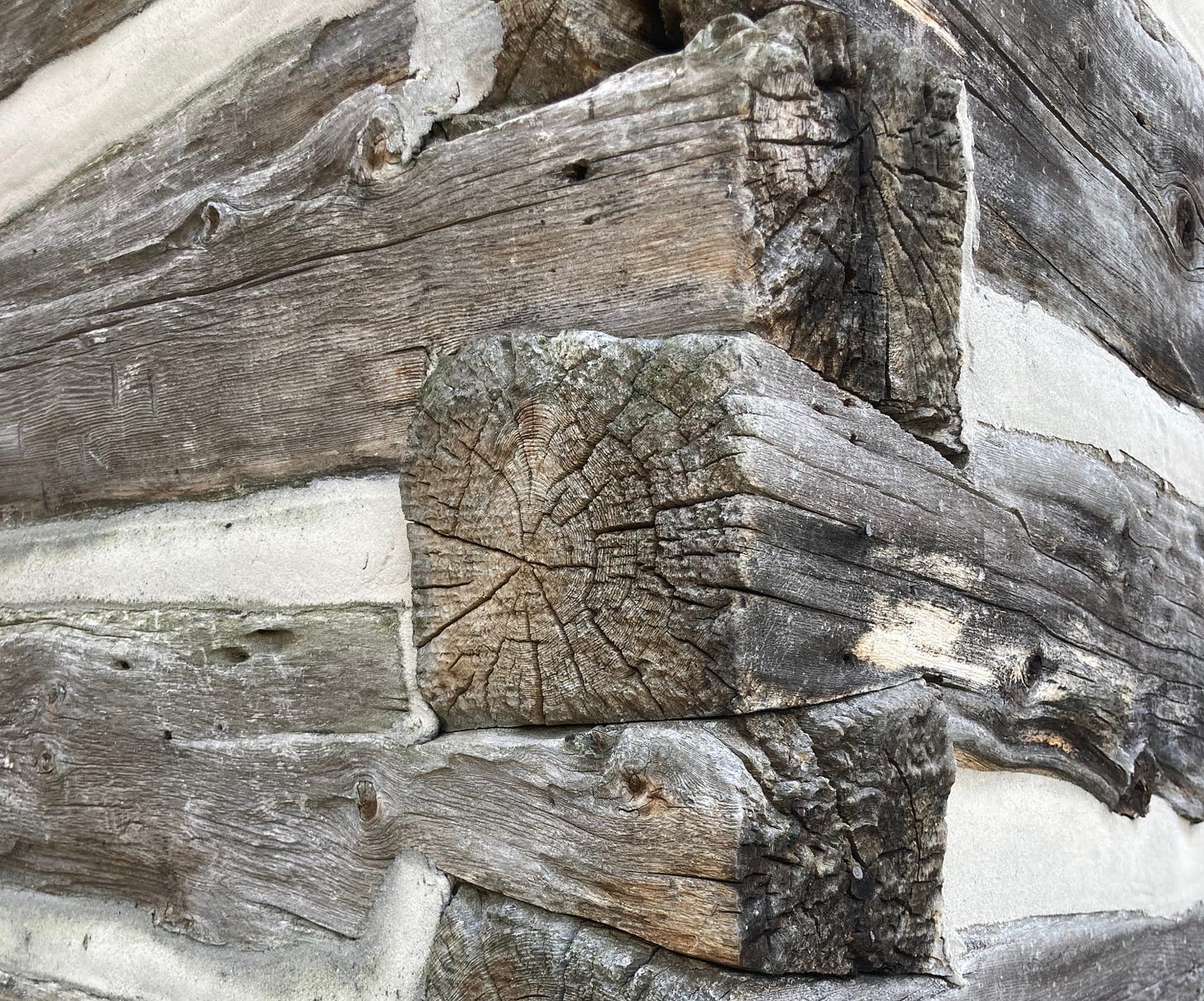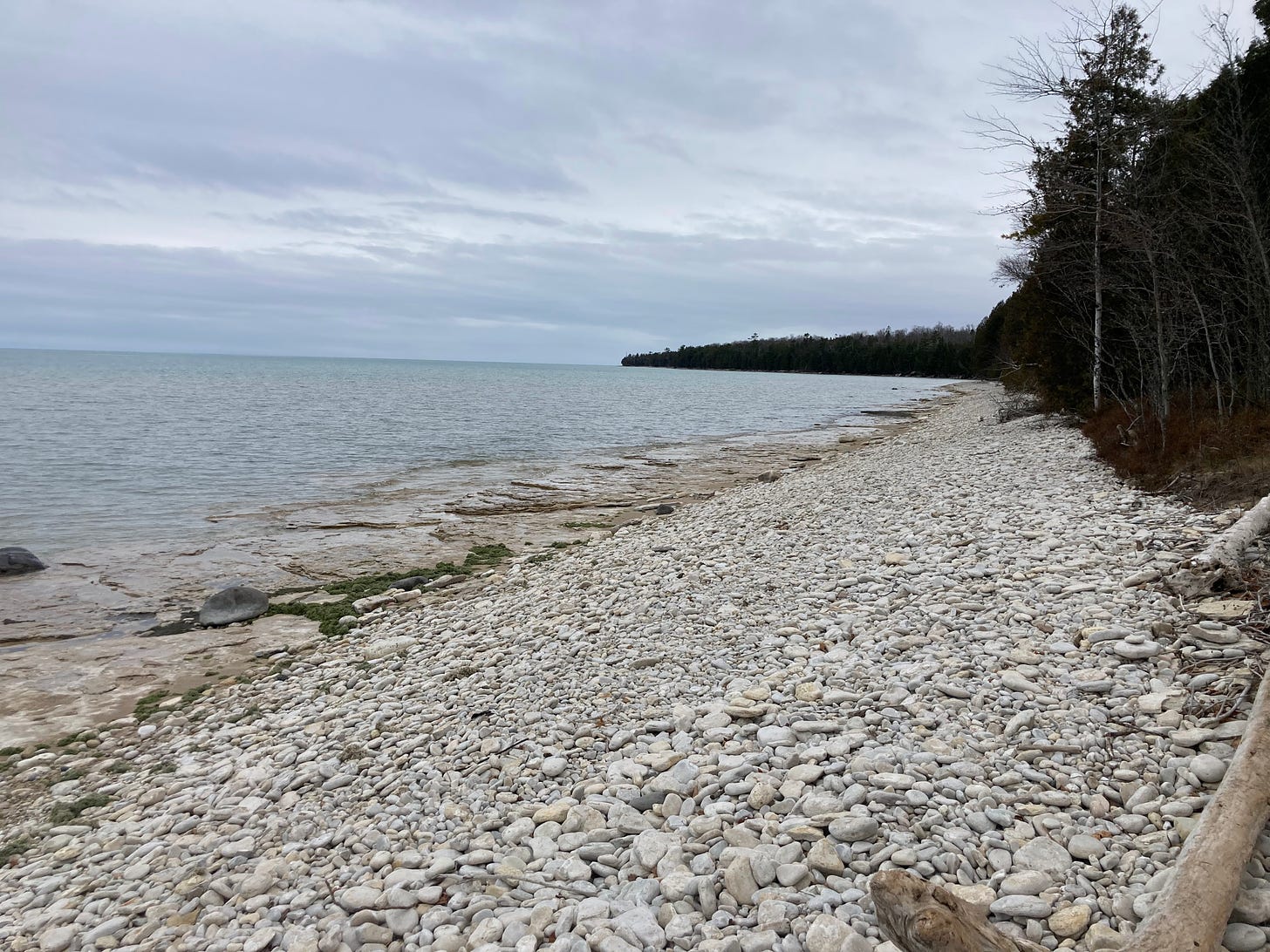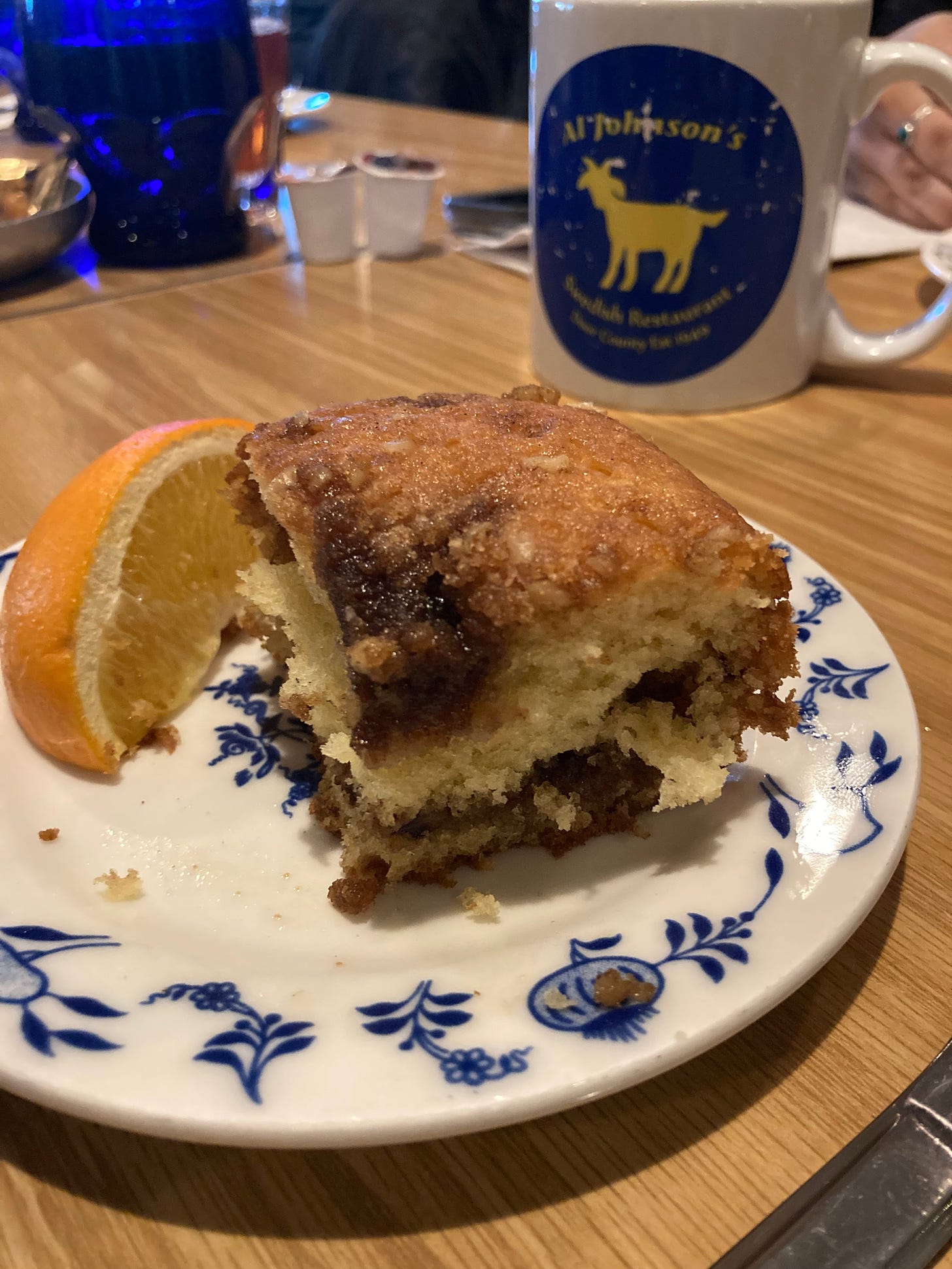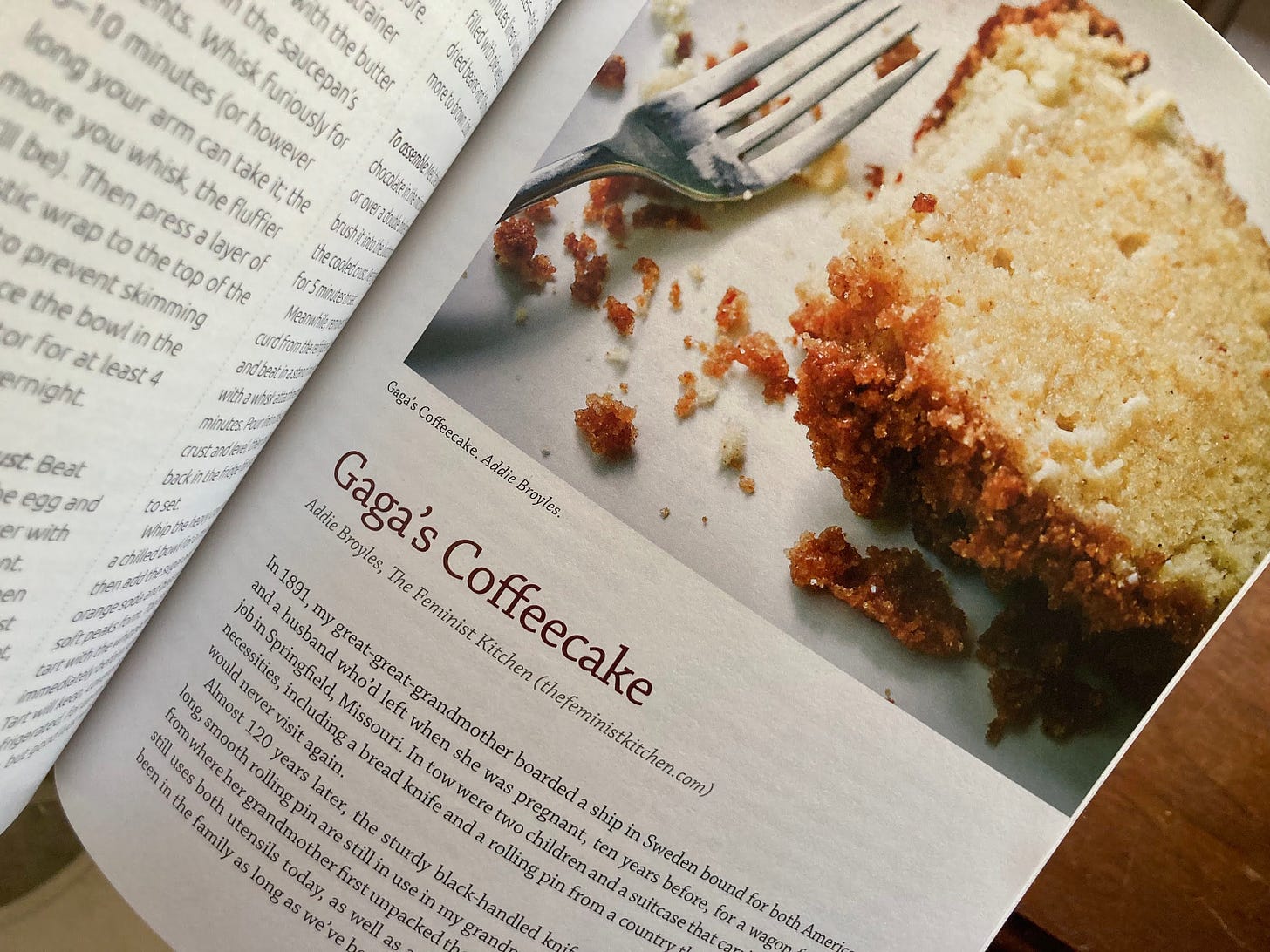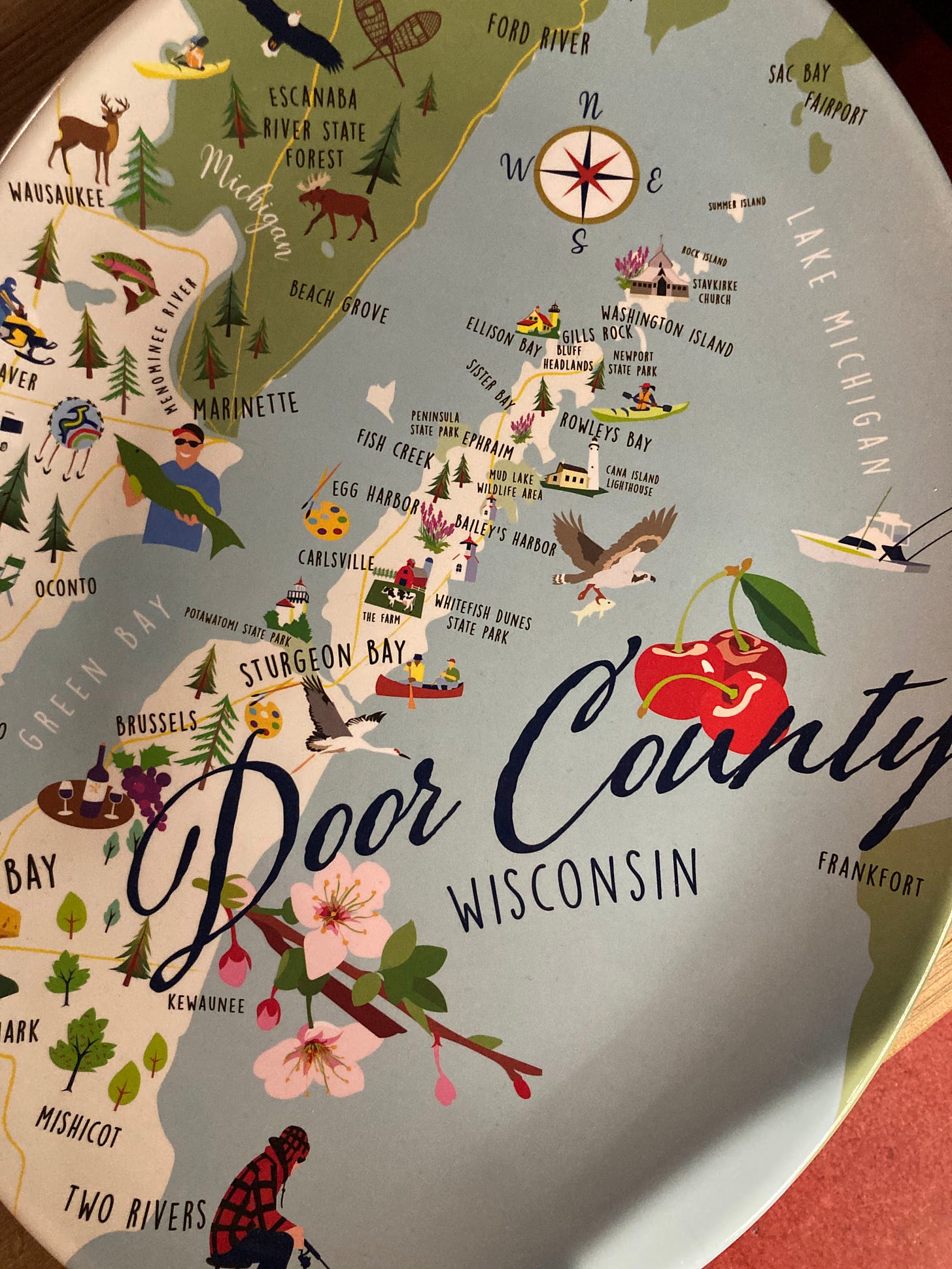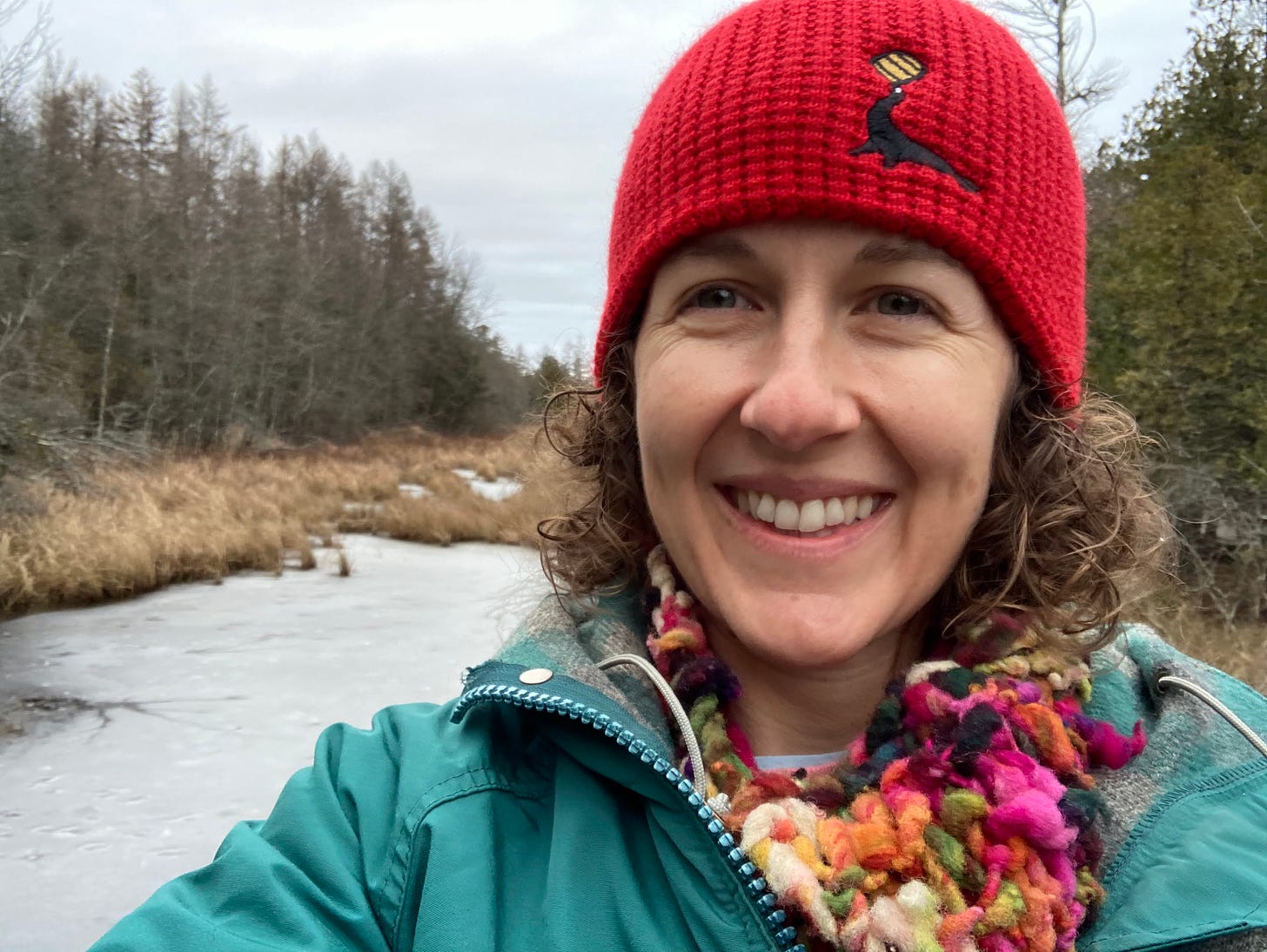Crying over coffee cake a long way from home
Let me tell you about a very special breakfast I had in Northern Wisconsin last weekend.
Wisconsin isn’t anywhere near Missouri, but I sure felt home there last week.
I was on a press trip to Door County, the peninsula north of Green Bay that’s filled with orchards, artist studios, cheese shops and signs of Scandinavia.
The area was heavily logged in the 1800s, mostly by immigrants, who built the area’s first houses and deep water docks, which led to its first hotels and restaurants.
During our trip, we got to visit a nature preserve, a coffee company with an international customer base, a music performance hall and school, and a school house-turned-winery, but this story takes place at a bustling Swedish restaurant, where I had a piece of coffee cake that made me cry.
To explain: Door County is in the northeaster tip of an upper Midwestern state. I’m from the southernmost part of what you’d even call the Midwest. But Swedish immigrants shaped both communities, in different ways.
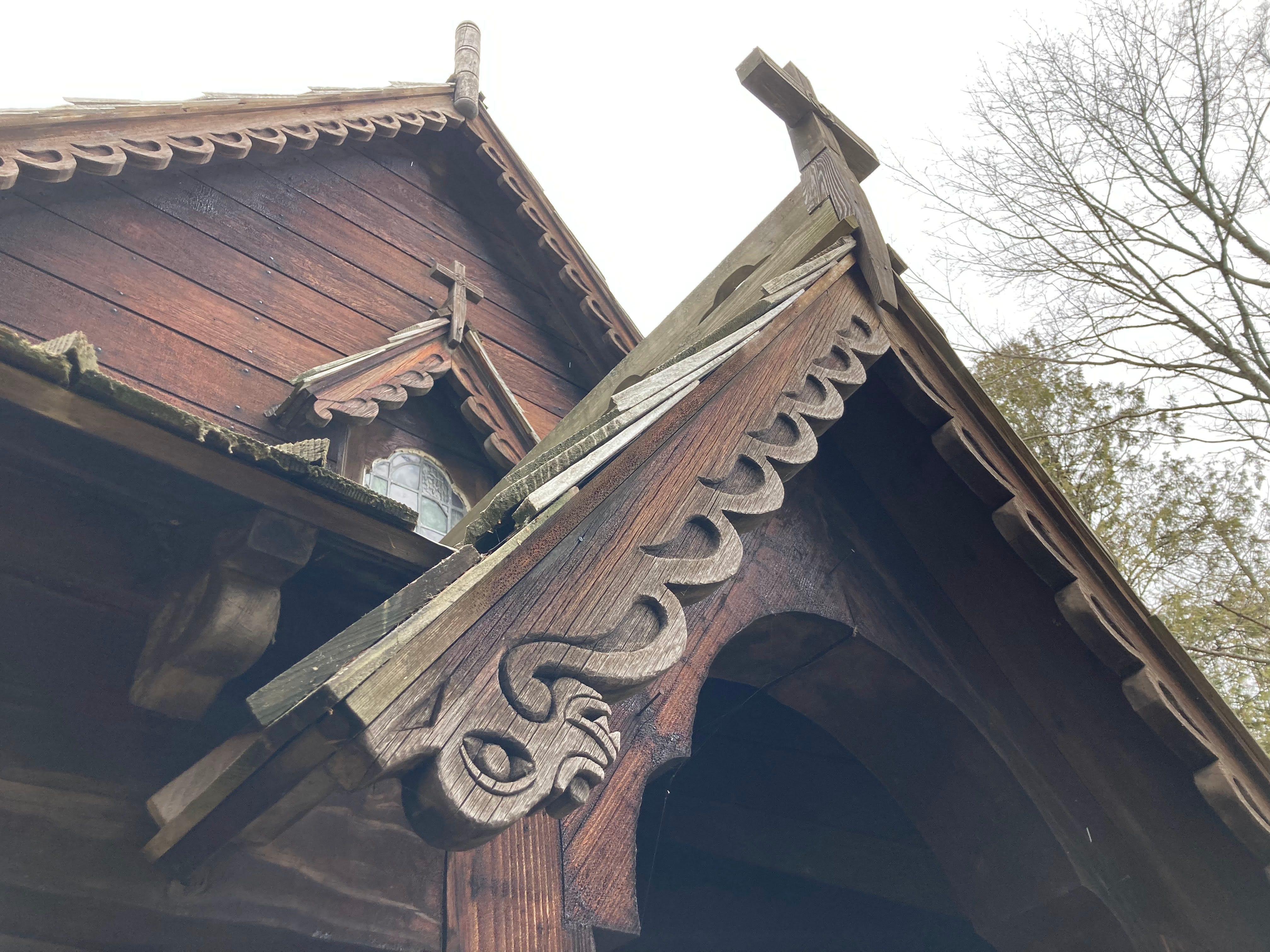
You won’t find Swedish bakeries or barns in Southwest Missouri. (It’s hard enough to find them in Texas, another place heavily settled by Swedes during this time.) But in Door County, it’s not uncommon to see a hotel named Little Sweden or Scandinavian Lodge or homes with a norse dragon woodcarving along the ridge of the roof or under the eaves.
Feel places are as explicitly Swedish as Al Johnson’s Swedish Restaurant & Butik, which can have a 3-hour wait during the summer months. It’s known for having a sod roof where goats graze any time it’s between 55 and 85 degrees. The town of Sister Bay looks like a Hallmark movie this time of year, and with Al Johnson’s being the heart of the town’s hygge.
We sat down for breakfast last Saturday morning, eagerly anticipating lingonberry pancakes and maybe even some pickled herring.
I wasn’t expecting to see coffee cake on the menu. I ordered it as a breakfast appetizer to share with the table, but the cake that showed up might as well have been a time machine.
The server, a woman in her 30s wearing a blue Swedish apron dress and a paper mask, dropped off the plate a few minutes later. I wasn’t prepared for the flood of emotions those rose up as soon as I saw that fragile line of cinnamon crumb in the middle of the quickbread. Like that thin line of ash in the middle of a wedge of Humboldt Fog cheese, this barely there filling looked exactly like the one in my grandma’s coffee cake.
I’ve written about this coffee cake a bunch over the years, including in our 2013 “Austin Food Blogger Alliance Cookbook,” but I hadn’t baked it in years. (And you can see that I stopped trying to replicate that fine inner layer.)
I sliced off a corner of the cake, saw that layer I’d been missing, tasted the sweetness of all that nostalgia and started to cry. This was the coffee cake of my dreams. Served many hundreds of miles from where my Swedish great grandmother used to make it for her Swedish club, a sisterhood of fellow immigrants and first-generation Americans.
Served many thousands of days after the last of the Swedish-speaking people in my family died, on a rosemaled plate with a slice of orange and a hot cup of strong coffee.
Eating this cake — and a tiny bit of pickled herring, which I can now say I finally like — gave felt like a revival of the Swedish part of myself, for however brief a moment.
My new media tour friends were all very sweet as I tried to explain what was causing this rush of emotions, and how strange/fitting it was that the food writer was having this food moment. I was even wearing a sweater Gaga had passed down to me, so her embrace felt both spiritual and literal.
I’ve been writing and talking about these kinds of emotional experiences with food for so many years now, but I keep sharing them in the hope that others might listen for that call.
There might be a hot coffee and a piece of coffee cake waiting for you.
___________________________________
I wanted to share this dispatch of The Feminist Kitchen so you could read it with a cup of coffee one morning this weekend or next week.
Does it make you think about any memorable food moments you’ve had in your life? I’m fascinated with our intensely deep connections to family and personal history through food. It’s not the food itself that means so much. It’s the connection we make to the food.
Thanks for reading and for your Substack subscription!
Addie
PS: Here’s a parting pic of me and my new friend, Elaine, who has been a travel writer for many years. She lives in Edmond, Oklahoma, where she contributes to the local newspaper and writes OkieTravel.com.
She’s also written a book about historic Missouri women, so you know we had lots to talk about on all those car rides around Door County. I’m hoping to travel to Oklahoma to see some new things with her in the coming year.
She’s a fountain of knowledge, energy and grace. As we boarded the flight to Chicago, she handed the flight attendant a bag of chocolate. “I know you all don’t get much appreciation, so have this.”
Talk about a heart-melting moment. Thanks, Elaine.
